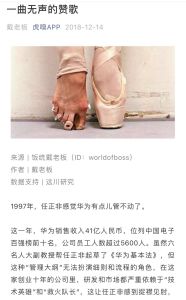
Recommendation
A telecommunications company that once struggled to find its place domestically, Huawei today is one of few Chinese brands that people around the world recognize. How did Huawei become the world’s second largest supplier of telecom equipment and the second largest maker of smartphones? WeChat finance blogger Boss Dai summarizes the twists and turns, wins and losses of Huawei’s journey. The company’s business practices have often been controversial. In January 2019, the United States unsealed a 13-count indictment of Huawei for financial fraud and announced 10 additional charges against Huawei for stealing trade secrets. The United States and China have been negotiating for a solution to the trade war. These indictments place Huawei center stage in the conflict and could escalate tensions between the two countries. Anyone following the US-China trade war will find this article to be useful background on the company’s history and culture. However, Boss wrote the article for a Chinese audience as a celebration of Huawei’s success. The general attitude of Chinese citizens toward these allegations is that they are a part of a political strategy to contain China’s global influence and that Huawei is a “scapegoat” in the trade war.
Summary
About the Author
Boss Dai analyzes companies and business trends in his WeChat wemedia account World of Boss.








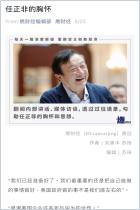
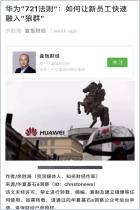
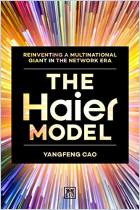

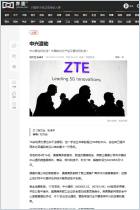


Comment on this summary